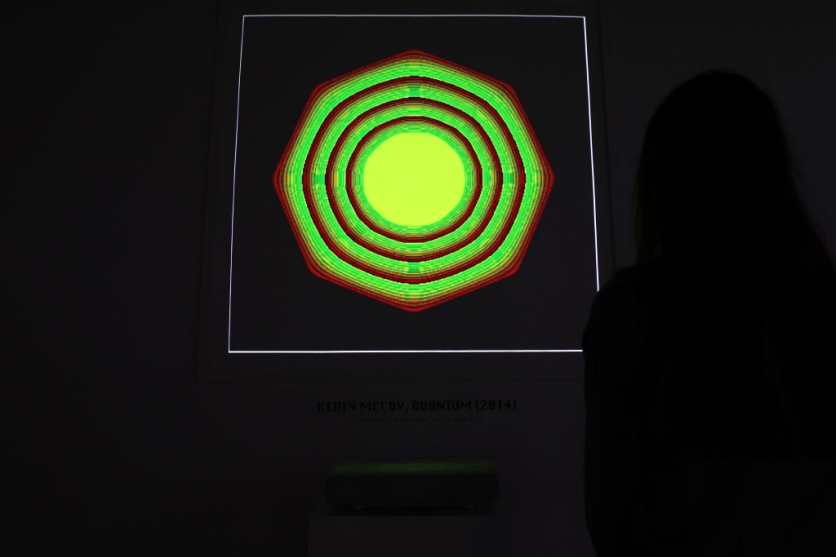For the first time ever, scientists have created a quantum experiment that enables them to examine the dynamics, or actions, of a particular type of theoretical wormhole.
Instead of producing a real wormhole, which is a rift in space and time, the experiment allows scientists to explore the relationships between theoretical wormholes and quantum physics, which is a prediction of what is known as quantum gravity.

Quantum Gravity
A group of theories known as quantum gravity aims to link gravity and quantum physics, two fundamental and well-researched descriptions of nature that appear to be inherently incompatible with one another.
"This work constitutes a step toward a larger program of testing quantum gravity physics using a quantum computer. It does not substitute for direct probes of quantum gravity in the same way as other planned experiments that might probe quantum gravity effects in the future using quantum sensing," Maria Spiropulu, principal investigator of the US Department of Office of Science and Professor at Caltech, said in a statement.
"But it does offer a powerful testbed to exercise ideas of quantum gravity," Spiropulu noted.
Read Also : Experimental Physicists Construct a Quantum Computer that can Read Beyond Binary Systems
Baby Wormhole
Wormholes are passageways through spacetime that connect two far-off places. Although they have not been experimentally observed, scientists have been theorizing about their existence and characteristics for almost a century.
Albert Einstein and Nathan Rosen described wormholes in 1935 as tunnels through the fabric of spacetime, which is similar to Einstein's general theory of relativity, characterizing wormholes as the curvature of spacetime.
Einstein-Rosen bridges are the name given to wormholes by researchers in honor of the two physicists who first proposed them; John Wheeler first used the term "wormhole" in the 1950s.
The study team simulated a nine-qubit quantum system and discovered that the message they passed via one half emerged at the other half unscrambled.
Using a more potent quantum computer might aid in sharpening the image since what they created was just a baby wormhole that serves as a testbed for the theories of quantum gravity.
This is important because using solely classical computation is difficult or perhaps impossible to fully comprehend some quantum gravity theories.
However, the simulation's resemblance to a genuine wormhole raises the possibility that theories concerning quantum gravity may be developed, tested, and ultimately understood using quantum computers.
The researchers intend to expand on this work in the future to encompass more advanced quantum circuits. Even though true quantum computers may still be years away, the team intends to carry out more tests of this kind on already available quantum computing hardware.
The results of the study were released on Dec. 1 in the journal Nature.
Related Article : Physicists Discover The 'Missing Link' That Could Make Quantum Internet a Possibility!

ⓒ 2025 TECHTIMES.com All rights reserved. Do not reproduce without permission.




